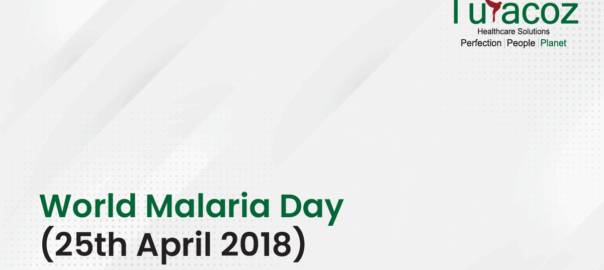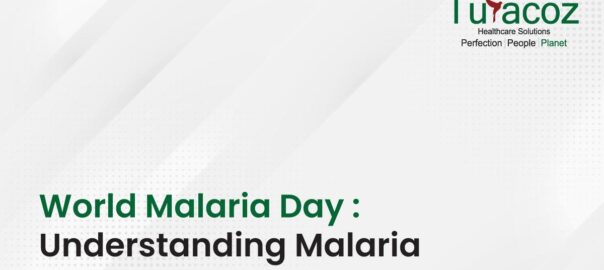“Ready to Beat Malaria”
World Malaria Day has become a global phenomenon and is celebrated on 25th April every year since its inception in 2007. This year’s global theme for World Malaria Day is ─ “Ready to Beat Malaria”. This theme encloses the universal goal of developing a malaria-free world. Further, it emphasizes the progress achieved in the past to tackle one of humanity’s oldest diseases; and at the same time grabs our attention towards the escalating trends reported in the 2017 World Malaria Report. After a remarkable period of success in controlling the spread of malarial cases, the progress appears to have slowed down. Hence, this year, World Health Organization (WHO) demands a greater expansion and investment of recognized tools that can prevent, diagnose, and treat malaria.
Malaria is an infectious disease caused by Plasmodium parasites that are transmitted to people through bite of infected female Anopheles mosquitoes (malaria vector). Initial symptoms include mild fever, headache, and chills, which might become lethal if left untreated for more than 24 hours. Severe malaria often leads to development of cerebral malaria or severe anaemia or involvement of multiple organs.
Statistical Facts according to the 2017 World Malaria Report:
- In 2016, 216 million cases of malaria were estimated in 91 countries, corresponding to a surge of 5 million cases over those reported in 2015.
- A total of 445,000 fatality cases were reported in 2016 compared to 446,000 in 2015.
- In 2016, African regions shared a high global malaria burden, with 90% of malaria cases and 91% of mortality cases.
- In 2016, India reported 6% of the world’s new malaria cases.
Prevention:
Transmission of malaria can be prevented and reduced with effective vector control. Vector control can be achieved in the following ways:
- Insecticide-treated mosquito nets: WHO recommends the use of long-lasting insecticidal nets (LLINs) for people residing in areas at high risk of malaria. Pyrethroids are the only class of insecticides presently recommended for use in LLINs.
- Indoor residual spraying with insecticides: This is a powerful method for rapid reduction of malaria transmission. The effect of indoor spraying persists for 3-6 months, depending on formulation of the insecticide used.
- Antimalarial drugs: The travelers can use chemoprophylaxis as an effective method for prevention of malaria, as it suppresses the blood stage of malarial infections. WHO recommends the use of sulfadoxine-pyrimethamine for pregnant women at risk, and monthly courses of amodiaquine in addition to sulfadoxine-pyrimethamine for children at risk below 5 years during high transmission season.
- Vaccines: Partial protection in children can be achieved by administration of an injectable vaccine “Mosquirix”. The vaccine is a complementary malaria tool rather than a replacement for treatment strategies.
Diagnosis and Treatment:
The diagnosis and treatment of malaria at an early stage limits transmission of the disease, reduces the risk of complications, and prevents death. Parasite-based diagnostic testing (either microscopy or rapid diagnostic test) is suggested by WHO prior to administering the treatment. Post-parasitological confirmation, artemisinin-based combination therapy (ACT) is used for treatment of Plasmodium falciparum malaria.
Turacoz Healthcare Solutions aims to spread awareness about malaria and strategies for its prevention, to aid ‘World Health Assembly’ achieve the global target of reducing 90% of incidence and mortality rates by 2030. Turacoz is a medical communications agency, which offers services to healthcare professionals in clinical research and regulatory writing, publication writing, medico-marketing writing, and support for conducting medical advisory board meetings.


